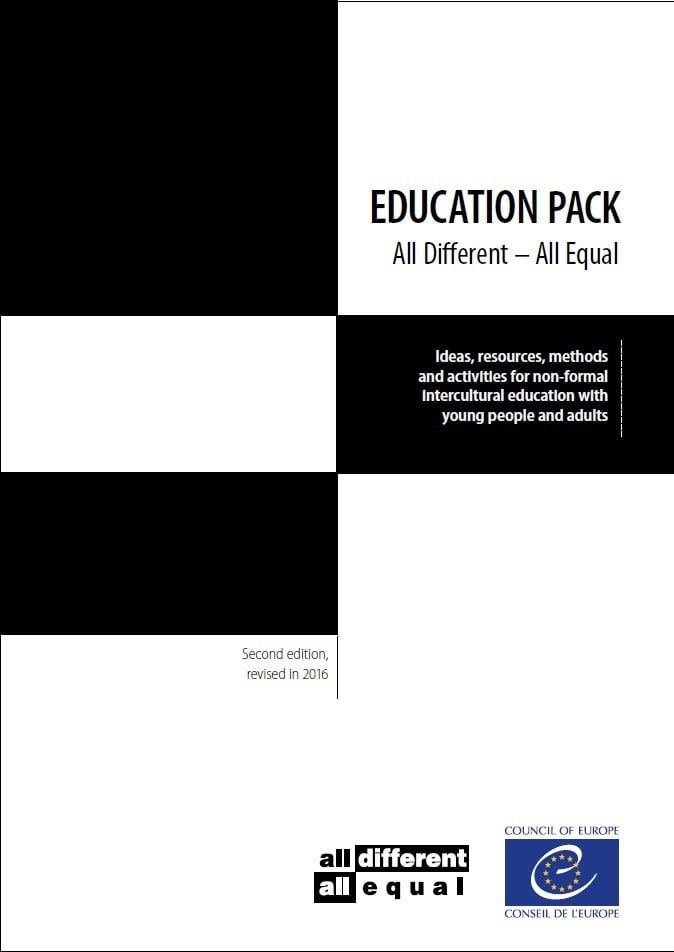
Gross enrolment ratio for all levels of education combined is 73% with a primary female-male ratio of 1.04:1 and secondary female-male ratio of 1.11:1 (2008). University of the South Pacific.There are nine years of compulsory education starting at age six. "A Quiet Revolution: A History of Catholic Education and the Education of Catholic Girls in Kiribati (History master's degree thesis)" (PDF). University of Canterbury MacMillan Brown Centre for Pacific Studies and University of the South Pacific Institute of Pacific Studies, 1993.

Atoll Politics: The Republic of Kiribati. "Towards Quality in Education" (Chapter 21, in Part IV: Social Issues). Strengthening Decentralized Governance in Kiribati Project, Ministry of Internal and Social Affairs (Kiribati). ^ a b "TABITEUEA NORTH 2008 Socio-Economic Profile" Part 2 of 4.^ a b " VSA Assignment Description Assignment title English Language Trainer (of Trainers/ Teachers) Country Kiribati Archived at the Wayback Machine." Volunteer Service Abroad (Te Tūao Tāwāhi).^ Pacific Magazine: I-Kiribati Students Perform Well In Cuba, Pacific Islands Broadcasting Association, 24 December 2007.Office of Te Beretitent - Republic of Kiribati Island Report Series. This article incorporates text from this source, which is in the public domain. Bureau of International Labor Affairs, U.S. 2001 Findings on the Worst Forms of Child Labor. ^ a b c "Kiribati" Archived at the Wayback Machine.Moroni High School - Also has junior high school.Kauma High School - Also has junior high school.ġ3 high schools are operated by Christian churches. Previously KGV/EBS was the sole government high school. The government high schools are King George V and Elaine Bernacchi School, Tabiteuea North Senior Secondary School, and Melaengi Tabai Secondary School Tabiteuea North, in Eita, is also known as Teabike College. Kiribati has 94 elementary schools, 24 junior high schools, and 16 senior high schools. Kiribati Ministry of Education is the education ministry.

The University of the South Pacific has a campus in Kiribati for distant/flexible learning, but also to provide preparatory studies towards obtaining certificates, diplomas and degrees at other campus sites. To date, most choosing to do the latter have gone to Fiji to attend University of the South Pacific, and those wishing to complete medical training have been sent to Cuba. Higher education is expanding students may seek technical, teacher or marine training, or study in other countries.

The Kiribati Teacher College and King George V and Elaine Bernacchi School, the Government High School, are in Bikenibeu in South Tarawa. Joseph's College) and the Church of Jesus Christ of Latter-day Saints, (such as Moroni High School in South Tarawa, of which Waitea Abiuta has been the headmaster). There are primary schools and secondary schools operated by the Christian denominations including the Roman Catholic Church (such as St. Its alumni include both current President Anote Tong, and previous incumbent Teburoro Tito. The two high schools at Morikao and Tabuiroa accommodate students from all over Kiribati who have passed the entrance examinations to get into the schools. A further 135 students are enrolled at St Joseph's College in Tabwiroa and 23 students at Steven Whitmee High School in Morikao, making 370 secondary school students in total. For example, Abaiang, which is in the northern Gilbert Islands, has three secondary schools, in 2011 there were 212 students at the Ministry of Education school, Ueen Abaiang, which is located between the villages of Koinawa and Aonobuaka.

Secondary schools are located on some of the islands with students travelling to live at their school. There are primary schools on most of the inhabited islands. Mission schools are slowly being absorbed into the government primary school system. School quality and access to education are better in urban areas schools in small communities on isolated islands are expensive to maintain. In 1998, the gross primary enrollment rate was 84.4 percent, and net primary enrollment rate was 70.7 percent.
NON FORMAL EDUCATION IN KIRIBATI FREE
Education in Kiribati is free and compulsory from age 6 to 14, which includes primary school through grade six, and Junior Secondary School for three additional grade levels.


 0 kommentar(er)
0 kommentar(er)
